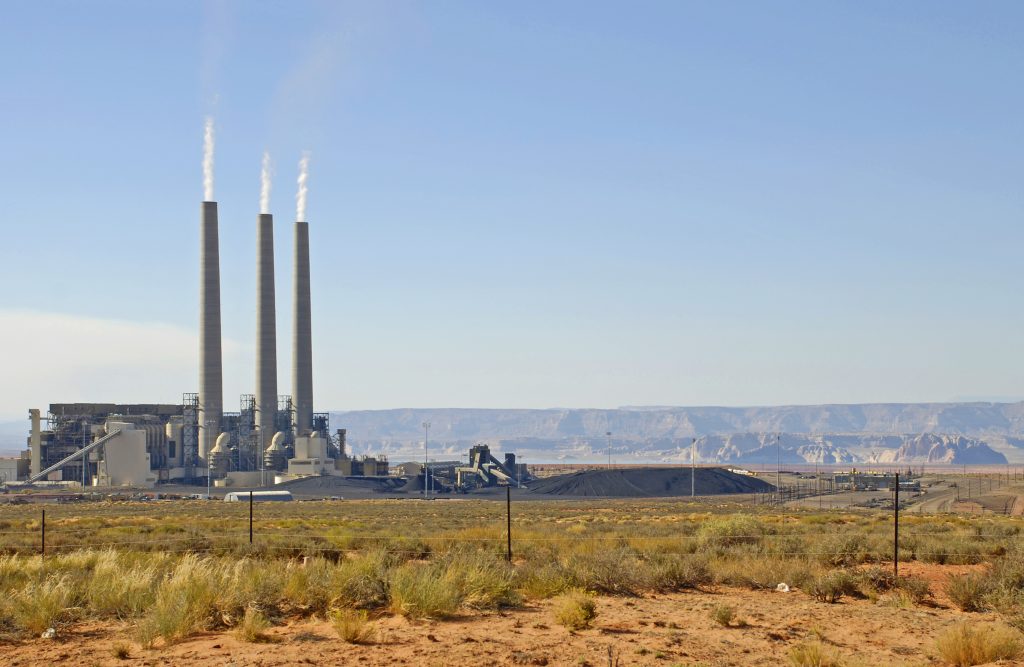
Once emitted into the atmosphere, many air pollutants are transported long distances, going through a series of chemical reactions before falling back to the Earth’s surface. This makes air pollution not just a local problem, but a regional and a global one.

“If you’d been living in London in December 1952, you’d probably remember what air pollution can do—in just a couple of weeks, a smog event killed thousands of people,” says Michigan Tech researcher Shilliang Wu.
“Today, photos of air pollution in China and India flood the Internet,” he adds. “Air pollution remains a significant challenge for the sustainability of our society, with detrimental effects on humans, animals, crops, and the ecosystem as a whole.”
An assistant professor with a dual appointment in Geological and Mining Engineering and Sciences, and Civil and Environmental Engineering, Wu examines the impacts of human activities on air quality, along with the complicated interactions between air quality, climate, land use, and land cover. Using well-established global models, he investigates a wide variety of pollutants including ozone, nitrogen oxides, volatile organic compounds, aerosols, mercury, and arsenic.
Wu’s research team recently developed the first global model to simulate the sources, transport, and deposition of atmospheric arsenic including source-receptor relationships between various regions. They were motivated by a 2012 Consumer Reports magazine study, which tested more than 200 samples of rice products in the US and found that many of them, including some organic products and infant rice cereals, contained highly toxic arsenic at worrisome levels.
“Our results indicate that reducing anthropogenic arsenic emissions in Asia and South America can significantly reduce arsenic pollution not only locally, but globally.”
“Our model simulates arsenic concentrations in ambient air over many sites around the world,” says Wu. “We have shown that arsenic emissions from Asia and South America are the dominant sources of atmospheric arsenic in the Northern and Southern Hemispheres, respectively. Asian emissions are found to contribute nearly 40 percent of the total arsenic deposition over the Arctic and North America. Our results indicate that reducing anthropogenic arsenic emissions in Asia and South America can significantly reduce arsenic pollution not only locally, but globally.”
Wu’s model simulation is not confined to any region or time period. “We can go back to the past or forward to the future; we can look at any place on Earth. As a matter of fact, some of my colleagues have applied the same models to Mars,” he says, adding: “In any case, the atmosphere is our lab, and we are interested in everything in the air.”